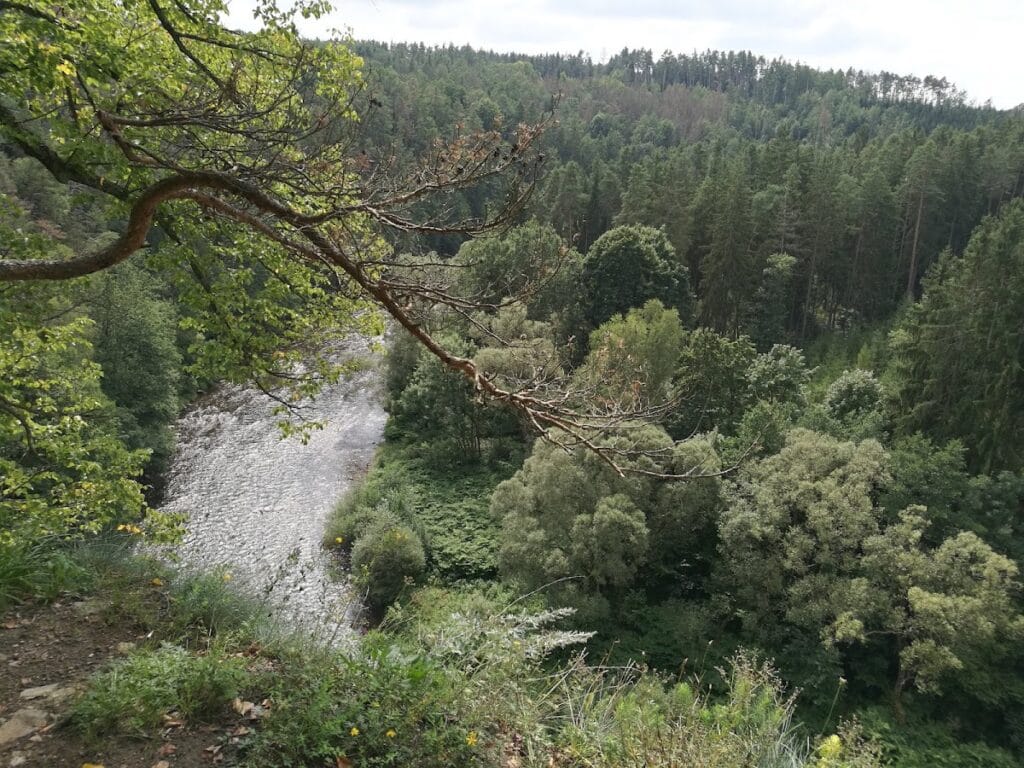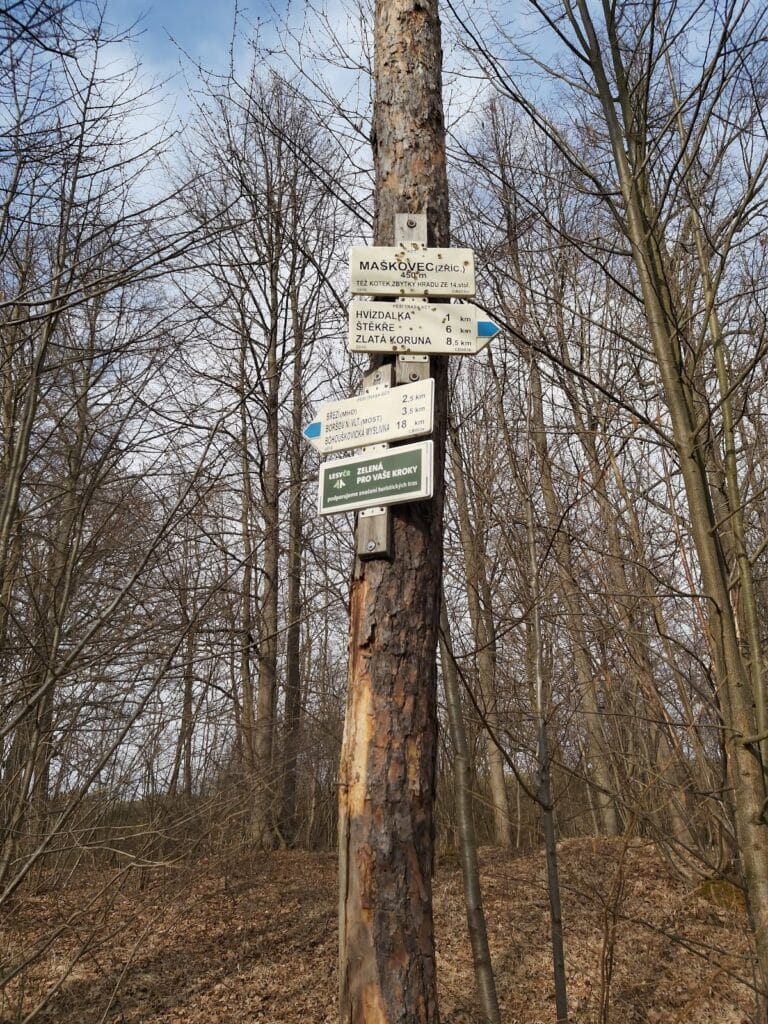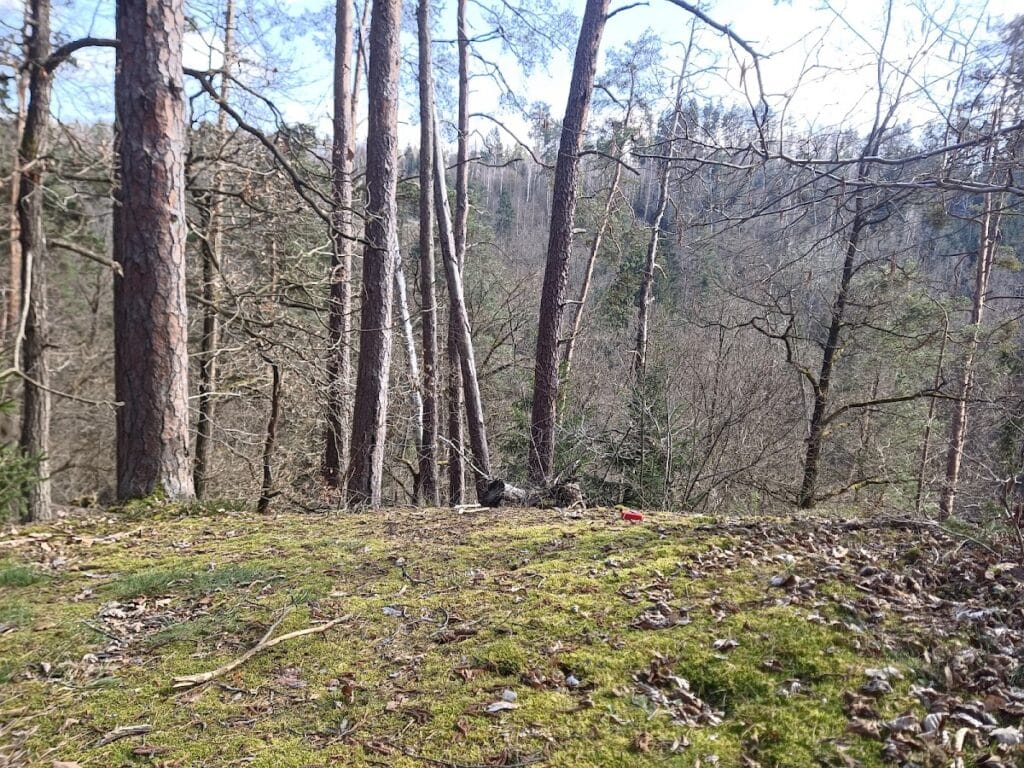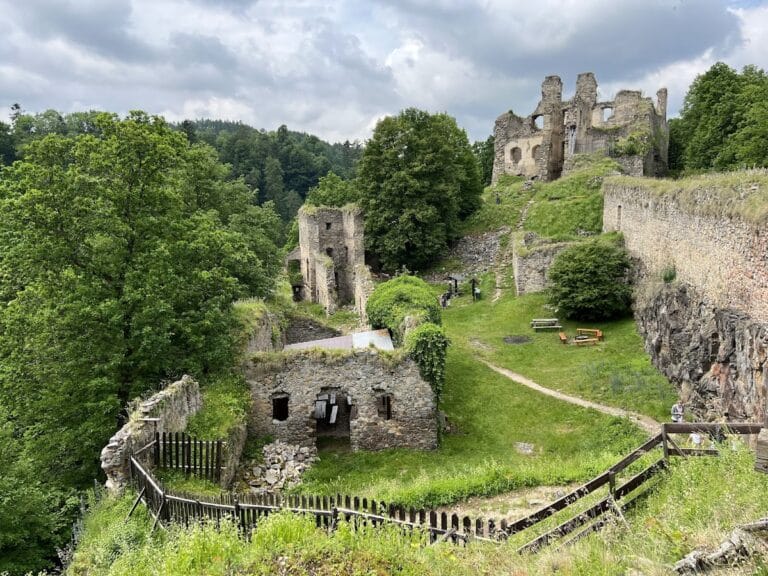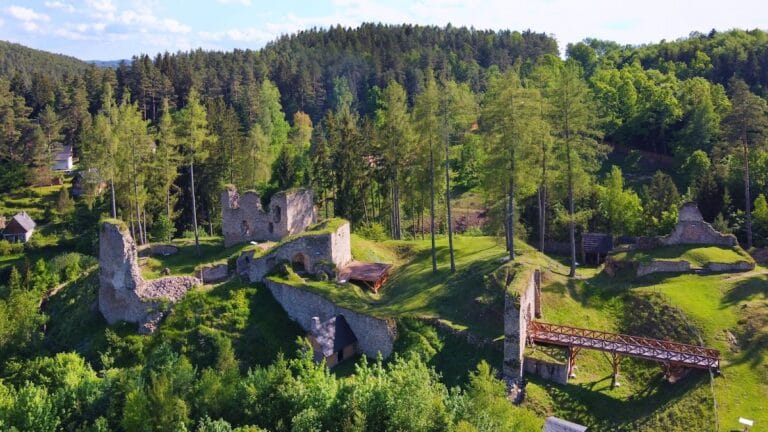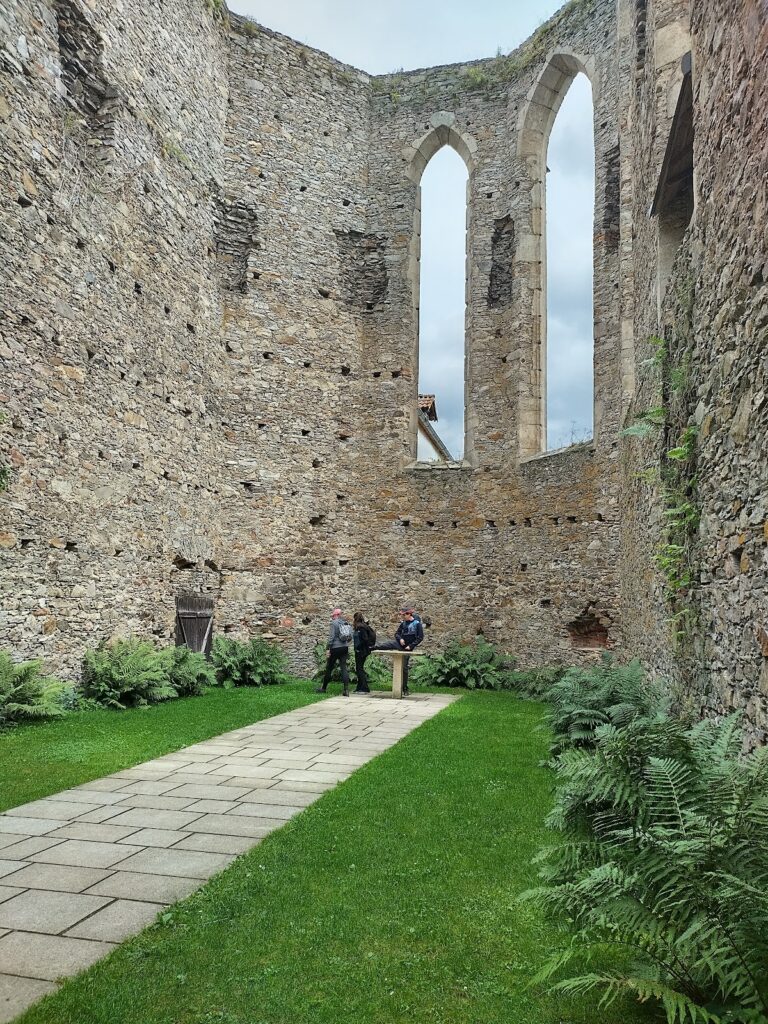Maškovec Castle: A Medieval Fortress in the Czech Republic
Visitor Information
Google Rating: 4.5
Popularity: Low
Google Maps: View on Google Maps
Country: Czechia
Civilization: Medieval European
Remains: Military
History
Maškovec castle is situated in the municipality of Kamenný Újezd-Boršov nad Vltavou in the Czech Republic. It was built by medieval Czech nobility in the mid-14th century, specifically by the lords of Újezd, who were connected by family ties to several prominent noble houses including the Bavors of Strakonice, the lords of Drahonice, and the knights of Pořešín.
The earliest written indication of Maškovec appears in 1380, when Buzek of Újezd used his title in association with the castle. During the turbulent era of the Hussite Wars, in 1402, the castle was controlled by Racek, son of Buzek. Initially, Racek aligned with the Hussite movement but later became a vassal of the influential Rožmberk family. By 1425, Jan of Drahonice is noted as residing at Maškovec. The Újezd family maintained ownership until the mid-1420s; however, the ongoing conflicts and resulting financial hardships caused their line to vanish from records, signaling a decline in the castle’s prominence.
In 1455, the castle changed hands when Jindřich IV of Rožmberk acquired it. Following this acquisition, Maškovec was soon abandoned, as it was deemed unnecessary within the expanding Rožmberk estates. By the close of the 15th century, specifically in 1493, the castle was recorded as being in ruins. Centuries later, between 1823 and 1841, Pachner of Ebendorf—owner of estates nearby—dismantled much of the remaining masonry to repurpose the stones for local construction.
During its active period, the castle held strategic importance by overseeing the nearby Cáhlovská route, a trade path where the castle’s lords compelled merchants to pass through the village rather than taking alternate routes, often applying pressure to increase their revenues. An interesting historical note from 1427 recounts that after the castle’s partial abandonment, Jan Pryndl, a parish priest from Újezd, sought refuge within the remaining structures of Maškovec. There, he completed a manuscript copy of the Golden Legend, a well-known medieval collection of hagiographies by Jacobus de Voragine.
Today, Maškovec is recognized for its cultural historical value, having been designated a protected cultural monument since 1963.
Remains
Maškovec castle was constructed as a single-unit fortress perched on a natural promontory, taking advantage of a vertical rock face above the Vltava River, situated at approximately 440 meters above sea level. The site offered natural defenses, with a steep drop to the river on one side and a sharply sloping southeast face descending towards a small valley carved by a stream. The castle reinforced the more accessible northwest and northeast approaches by building ramparts and ditches, with the northeast side boasting a double set of these defensive earthworks.
Today, much of the castle’s original masonry was removed in the 19th century when the ruins were quarried for building materials, and parts of the defensive ditches were filled in. Nevertheless, some structural traces remain visible. On the northwest, a surviving section of the outer rampart allows a sense of the castle’s former fortifications. Above the river, on a rocky outcrop that is difficult to reach, fragments of a building corner still stand, situated next to a depression interpreted as the footprint of a vaulted cellar, indicating a subterranean storage or utility space within the castle.
Near the western corner along the rock edge, a smaller wall fragment offers another glimpse into the castle’s outline. The rock face beneath the ruins, plunging some 35 meters into the valley below, now serves as a climbing area, marked by four known climbing routes.
Positioned with panoramic views, the site overlooks a deeply incised meander of the Vltava River which curls before reaching the České Budějovice basin a few kilometers downstream. Access to the location is provided by a marked hiking trail connecting Boršov nad Vltavou and Zlatá Koruna, with warnings regarding the challenging and dangerous terrain around the castle ruins.
